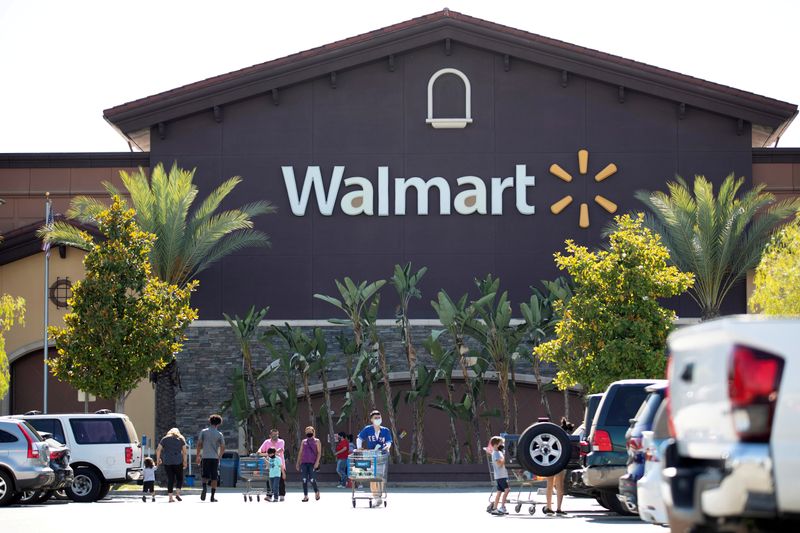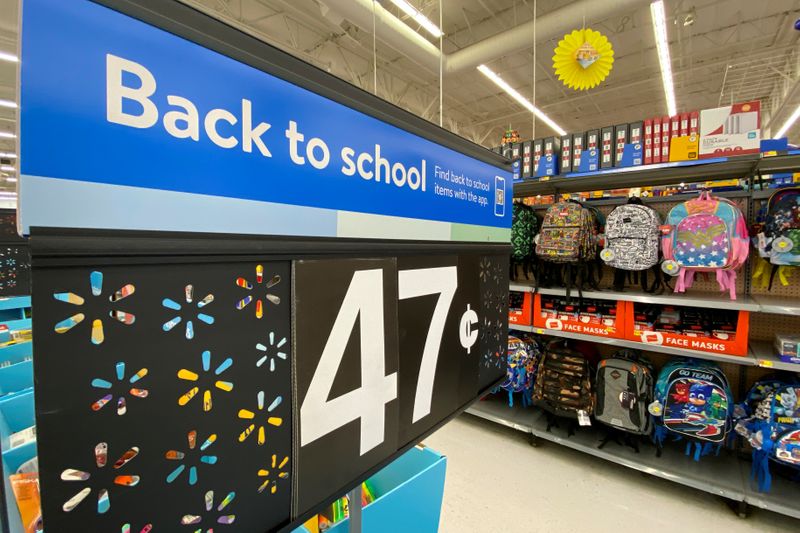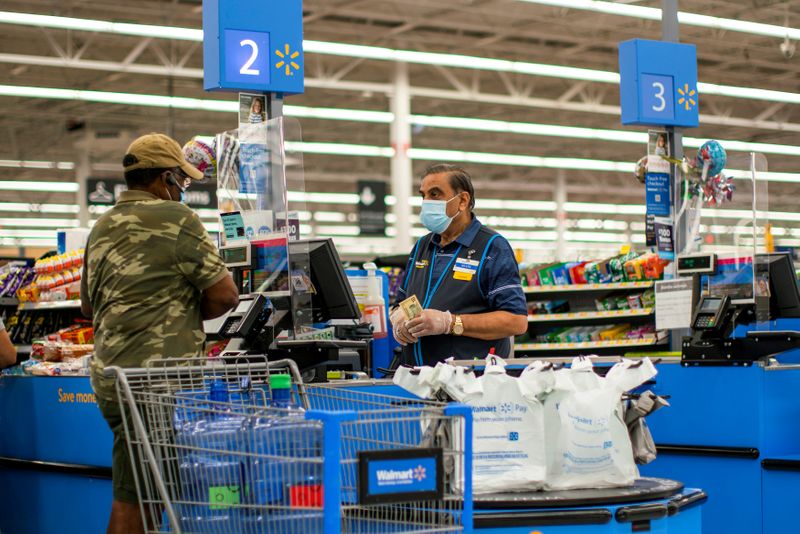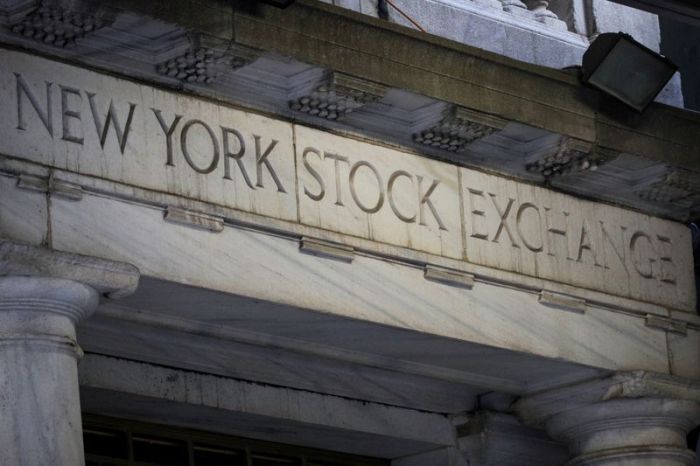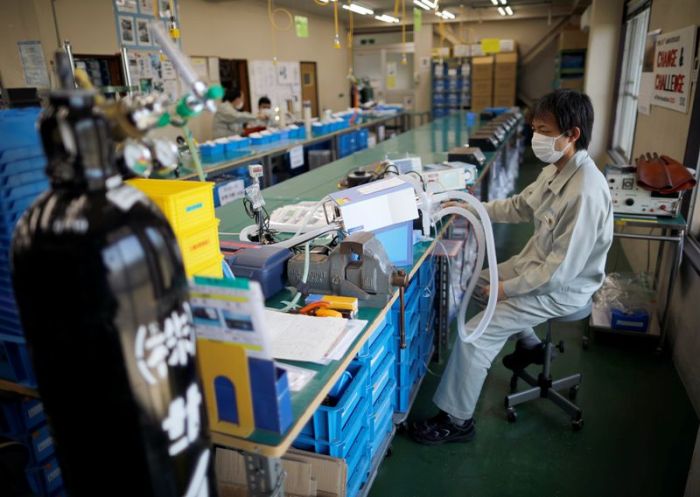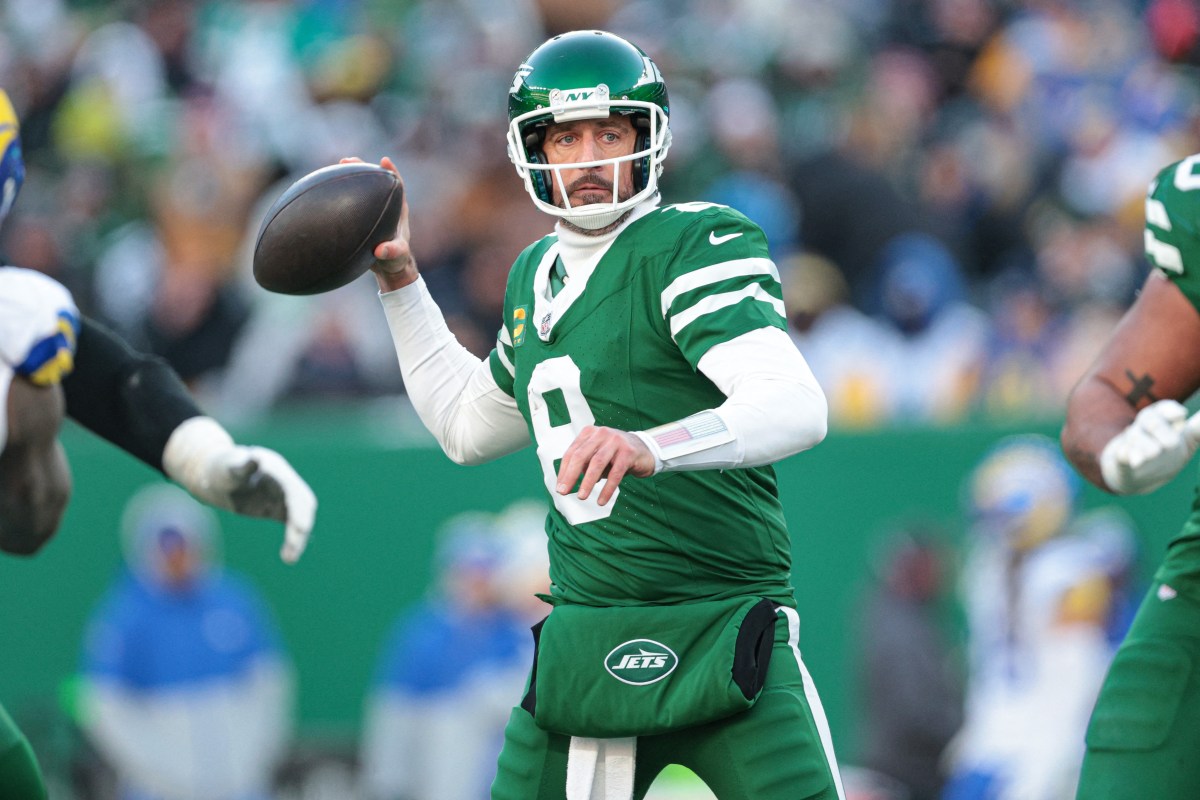(Reuters) – Walmart Inc <WMT.N> posted its biggest-ever growth in online sales on Tuesday as shoppers cashed in stimulus checks and ordered everything from electronics and toys to groceries from the safety of their homes amid the COVID-19 pandemic.
The near-doubling of online sales in the second quarter helped the retailer trounce Wall Street expectations for quarterly profit and same-store sales.
The results showed that the unprecedented spike in demand seen by big-box retailers at the peak of the coronavirus lockdowns has remained strong even as restrictions ease, with shoppers using their stimulus checks to shop for discretionary items like sneakers and clothes. This also helped Walmart reduce the number of markdowns or discounts.
However, as stimulus funds tapered off, sales at Walmart returned to normal, recording only a 4% rise in comparable sales in July. Shares were trading down marginally at $134.80 after hitting a record high in morning trading.
“The health crisis has created … both tailwinds and headwinds to our business,” said Chief Financial Officer Brett Biggs on a call with investors. “In Q2, we saw stronger-than-expected sales due in large part to stock-up buying and stimulus spending, but the duration and extent of future government stimulus remains uncertain.”
interactive graphic on sales: https://graphics.reuters.com/WALMART-RESULTS/azgvonwwypd/
BACK-TO-SCHOOL WOES
Walmart executives also said the back-to-school season has been “choppy,” as more school districts rolled back their reopening plans to curb the spread of coronavirus and shoppers had little-to-no need for backpacks and uniforms.
“Hinting at back-to-school being a little bit weaker or more spread out – and with no guidance – always gives investors an area of concern,” said Randy Hare, portfolio manager at Huntington Private Bank, adding that shares might have traded higher had they done so.
Department store chain Kohl’s <KSS.N> also pointed to softer trends for its back-to-school selling season due to the uncertainty around reopenings. Kohl’s shares were down 12%.
Despite recording $1.5 billion in COVID-19 related expenses, that include higher wages and bonuses for employees, Walmart said its margins improved in the quarter, helped by stimulus checks that had consumers spending on bigger ticket items like home furnishings and apparel.
Walmart’s online and grocery businesses have been bright spots, seeing rapid growth as it expands same-day delivery options and pick-up services.
Its U.S. online sales rose 97% in the quarter. Sales at U.S. stores open at least a year rose 9.3%, excluding fuel, in the quarter ended July 31.
“The e-commerce sales beat what we expected, yes,” said Huntington’s Hare. “But big picture, companies positioned for curbside pickup and online sales are the ones that are going to benefit. Walmart is one of those companies.”
Walmart Plus, or Walmart+, touted as a rival to Amazon.com’s <AMZN.O> Prime subscription, could upon its launch also be a way to attract new customers and turn them into loyal shoppers, analysts said.
Executives on Tuesday said it was still working towards the launch of the service.
Operating income rose 8.5% to $6.1 billion in the quarter, while adjusted earnings per share of $1.56 also topped the average estimate of $1.25.
(Reporting by Aishwarya Venugopal in Bengaluru and Melissa Fares in New York ; Editing by Saumyadeb Chakrabarty, Chizu Nomiyama and Nick Zieminski)

